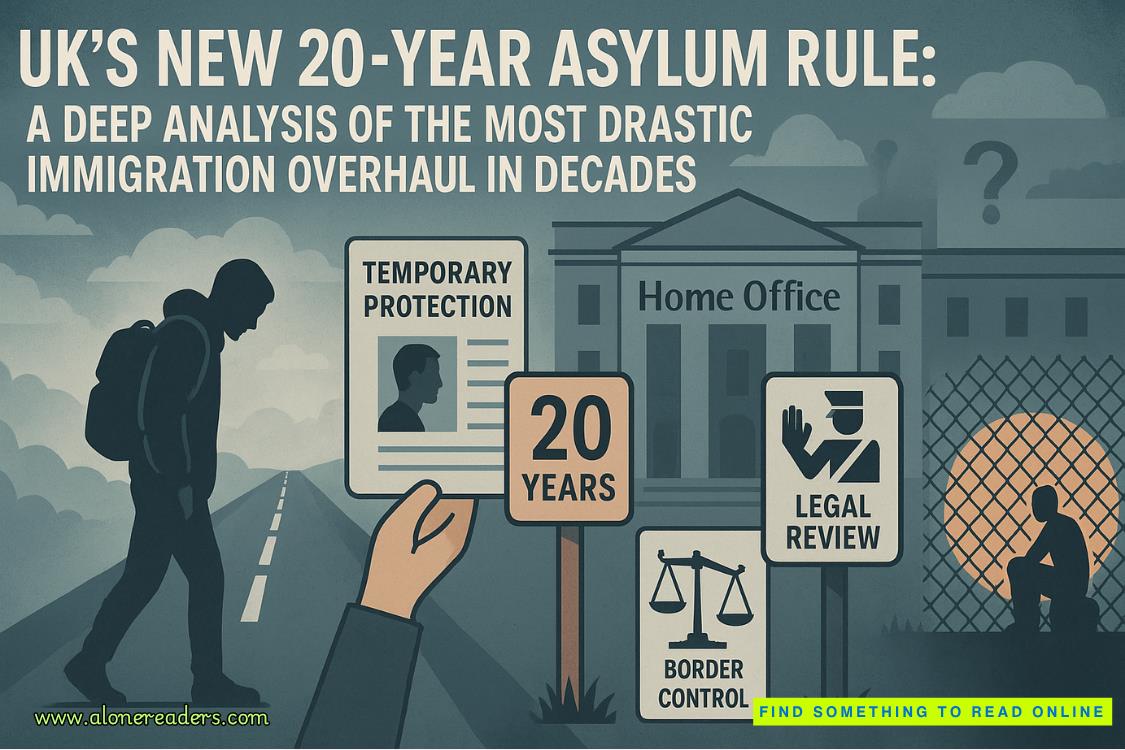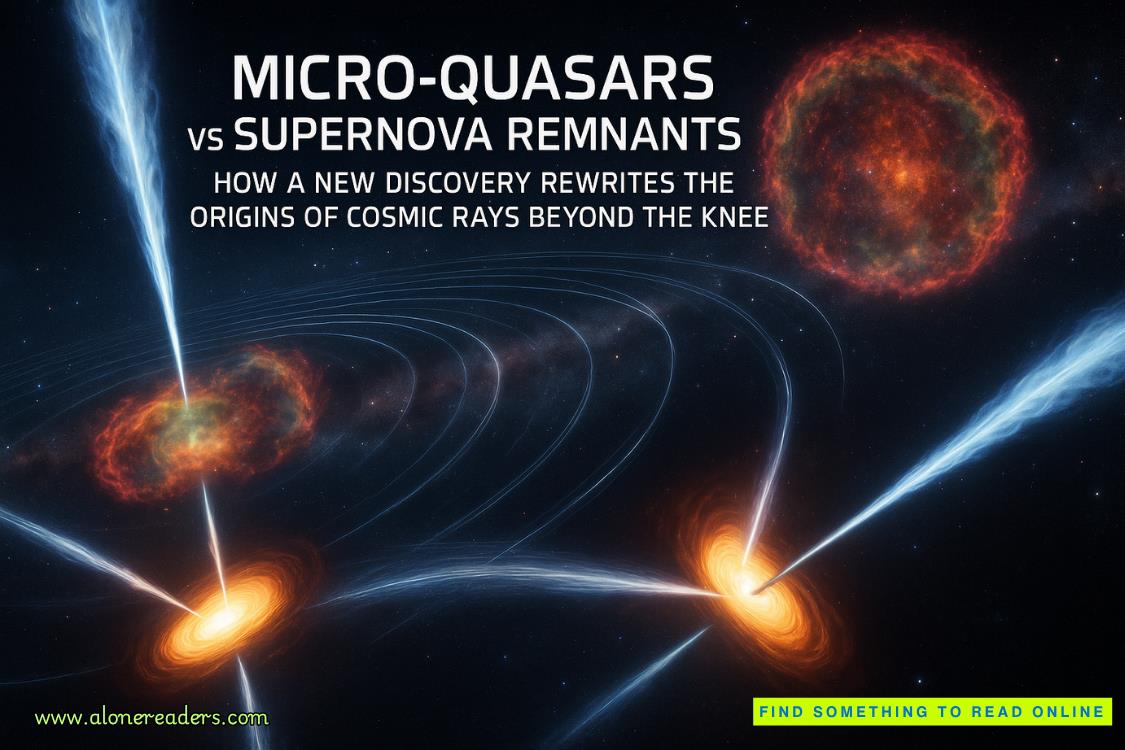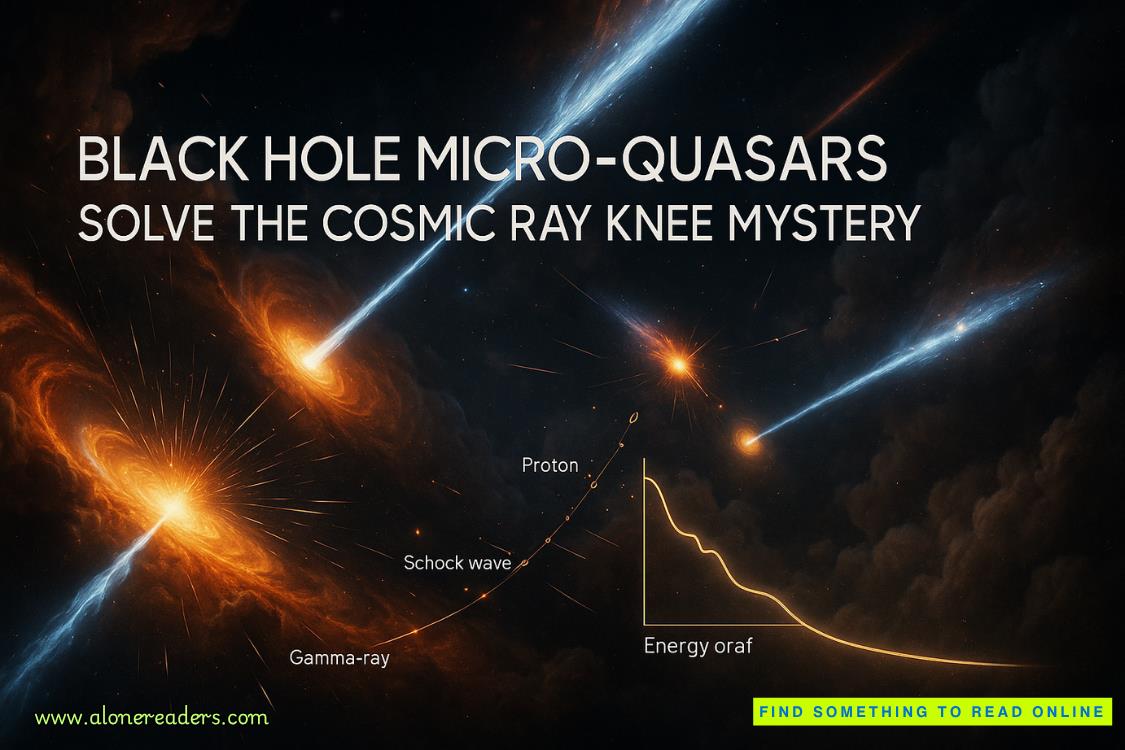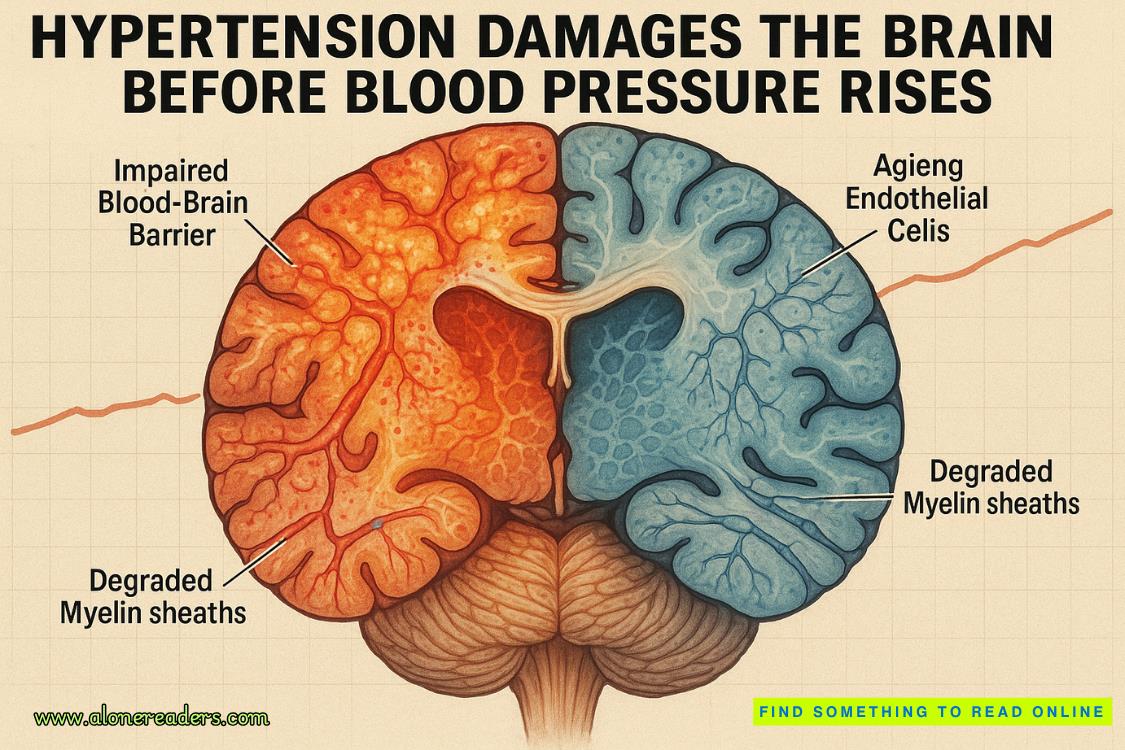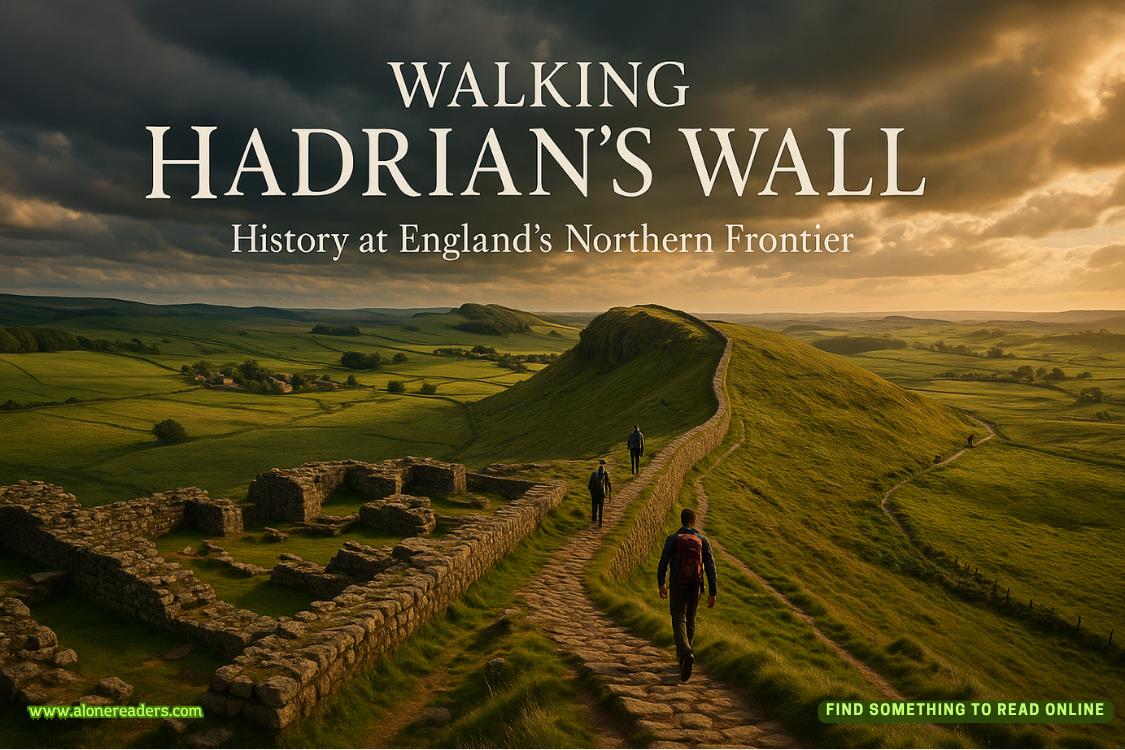Page 48 of Unnatural Death
I’m well aware of the purpose. One of my tasks on the Doomsday Commission has been to help design the mobile facility and test it at my headquarters. But when I’ve performed autopsies in here, they were unwitnessed. It was only Marino and me with Fabian or my deputy chief, Doug Schlaefer. Cameras hadn’t been set up, the cases of no interest to the federal government.
We can see our breath inside the cooler as we park the bodies on the floor scale one at a time. We measure them, deducting the weight of each stretcher. The male victim is five foot eight and 160 pounds, the female five foot five and 125 pounds. That’s inconsistent with information Lucy gave me when she first called about the deaths.
“Weight can dramatically fluctuate,” I say to her. “But one’s height doesn’t change significantly under normal circumstances. The information I have is Huck Manson was five foot ten. Brittany was five foot seven.”
“That’s what they have on official documents requiring a physical description,” Lucy says. “In some instances, they also list tattoos and scars that are nonexistent.”
“Making it more confusing when someone’s trying to identify them alive or dead,” Marino supposes.
“I don’t think there was any one reason for their chronic lying. Assuming they could tell the difference between that and truth anymore,” Lucy replies.
“Who do you want to do first?” Marino asks me.
“I’d leave both of them in here for now,” Lucy answers before I have the chance. “You need to get the lay of the land.” She says it like a directive. “That’s going to take a little while.”
“Huh?” Marino replies. “It’s a damn fifty-foot trailer. How much time can it take. What the hell did you do, add an addition?”
“What’s going on, Lucy?” I ask her.
“I’m about to show you.” She opens the next door, and we leave the bodies behind. “You’re about to see a lot of things that it’s best others explain.”
Inside the trailer’s hygiene compartment are a shower, a sink, a toilet and an emergency eyewash station. Shelves are stocked with towels, PPE and supplies.
“You’d better not be monitoring us when we’re cleaning up in here later,” I say to Lucy.
“It’s right there.” She points to a camera on top of a cabinet. “When you need a little privacy just throw a towel over it.”
Leaving our field clothes on, Marino and I cover up in heavy- duty Tyvek, finding full-face respirators that we won’t put on yet. Through the next airlock, we enter the decontamination chamber. As the name implies, it includes an autoclave, chemical sprays and ultraviolet cleaning. The mandatory stop on our way in and out prevents cross-contamination.
I clamp various forms and body diagrams to a clipboard that has a ballpoint pen attached by a spiral plastic string. I spritz all of it with Lysol, and we pass through the final airlock.
* * *
Inside the autopsy compartment I’m pleasantly startled by the sight of my husband on multiple wall-mounted video screens that weren’t here earlier. The volume is turned off, and I have no idea what he’s saying to those sitting with him around a conference table.
My mood lifts as if the sun just came out even as I realize that what I’m looking at doesn’t bode well. Benton is with Secret Service Director Bella Steele, her press secretary Aiden Wagner and other high-ranking officials I’ve worked with before. It’s obvious they can’t see us yet, my husband talking while turning pages in a legal pad, jotting notes.
He looks especially good in the charcoal suit he put on this morning while we were having coffee in our bedroom. The blue-striped shirt, the silk tie are the perfect accompaniments, and when I watch him from a distance, I’m reminded why I fell for him. The first time we met was during my earliest days in Richmond. The FBI’s star criminal profiler, he was the head of its Behavioral Science Unit, as it was called then.
He’d been summoned to assist the police with serial murders in Richmond. They’d begun soon after I became the chief medical examiner in a part of the world that didn’t seem far removed from the Civil War era. The first time Benton Wesley walked into the room I felt the air shift. He didn’t look so different then, tall and lanky with premature silver hair and fine features.
I remember he was wearing a pin-striped suit, his initials monogrammed on the cuffs of his crisp white shirt. I found him strikingly handsome, keen and mysterious. He also was married, and the instant we began working together, we knew we were in trouble.
“We’re seeing them on camera,” Lucy explains as I take in the details of what’s been changed in my absence. “But they don’t know we’re here yet. I’ll let you know before I connect you.”
The autopsy compartment is the size of a one-car garage, and the Secret Service has turned it into an operating theater. They’ve installed computers, video equipment and special lighting. Set up next to the downdraft dissection table is a mobile 3-D scanner that will laser-measure and map wounds and other physical features. Everything is covered with antimicrobial plastic film like in a doctor’s office.
“Being briefed is one thing,” I say to Lucy. “But I wasn’t expecting to do the autopsies in front of a crowd. Can you explain the reason this is necessary? Because it’s not my preference, and that goes without saying.”
“Transparency. Creating a record should anything be questioned.” She gives the party line.
“I’m aware the Mansons were suspects in serious crimes, but even so?” I’m not happy about this.
“Certain people involved want the chance to witness what you’re finding and ask questions directly.” She offers the more likely explanation. “There may be suggestions about what to look for based on information we have.”
“For example?” Marino opens a new box of nitrile gloves.
“You’ll be informed as we go along. That’s for others to do,” Lucy says. “You’ll be told some things, and you should. It’s time.”
